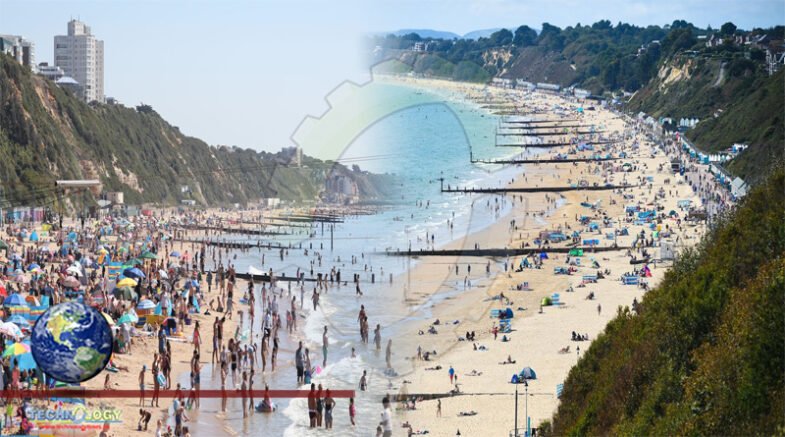Water companies discharged raw sewage into bathing water beaches, polluting the environment and risking public health.

By Sandra Laville
Water companies discharged raw sewage into bathing water beaches almost 3,000 times in the past year, polluting the environment and risking public health, new analysis shows.
Face masks and gloves found on 30% of UK beaches in clean-up. The discharges took place all over England and Wales, including at some of the most popular beaches.
The study by Surfers Against Sewage, which publishes data on sewage releases as they occur, examines the notifications by water companies of effluent discharges over 12 months.
The report says one company, Southern Water, failed to issue notices of when it discharged sewage at a number of popular beaches, leaving the public at risk.
“Their failure to provide this information has put thousands of water users at risk,” the SAS report claimed. It said that more than 20% of reports from swimmers, surfers and paddlers of illness after using the sea came from locations within Southern Water’s catchment. Seven reports came from Hove Lawns beach in Brighton alone.
“These illnesses could have been prevented if discharge notifications had been issued,” the report said.
Spittal beach is in the Northumbrian Water catchment area. It estimates that 6% of swimming days were lost in bathing waters in 2020 because of sewage discharges into seas in England and Wales.
Under EU regulations that have rolled over into UK law since Brexit, countries must monitor and assess bathing water for faecal bacteria and inform the public about bathing water quality and beach management through the so-called bathing water profiles – poor, sufficient, good or excellent – or notices banning or advising against bathing.
The discharges into UK bathing waters come from combined sewer overflows (CSOs) – emergency infrastructure designed to release raw sewage and wastewater after extreme rainfall to release pressure in the system.
However the report said: “CSOs are being used outside these rainfall periods, resulting in environmental damage and increased risk to water users.”
The SAS report presents data collected through its safer seas service – a real-time alert system for sea water users, of pollution releases – and information from the Environment Agency’s pollution risks forecasts, which indicate where there is increased pollution. Eight of the major water companies around the coast of England and Wales voluntarily provide CSO discharge notifications to the alert service.
There were 2,941 notifications of releases of raw sewage into bathing water at beaches stretching from Northumbria to Cornwall in the year to October; comprising 1,195 notifications during the bathing season, 15 May to 30 September, and 1,746 times “out of season”.
A view of Seatown from Golden Cap, Dorset.
Only five companies; Northumbrian, United Utilities, Welsh Water, Wessex and Yorkshire, release information about sewage discharges out of season. Southern, Anglian and South West Water do not notify the public outside the bathing season.
The report estimated that if all the water companies issued notifications of discharges throughout the year, the number would reach 3,434.
The health impact is highlighted in 153 reports of sickness from people using the bathing waters affected in 2020. The worst locations were in Southern Water areas, including at Hove Lawn beach, where water quality is supposed to be “excellent”.
In the south-west, sickness hotspots include at Westward Ho! and the popular surf beach Croyde Bay.
The most common illness experienced was gastroenteritis or infectious diarrhoea, accounting
Originally published at guardian
